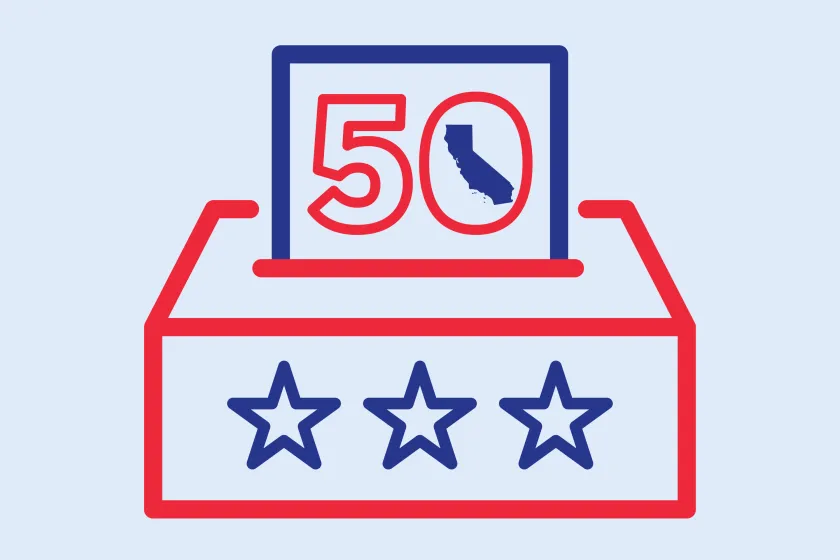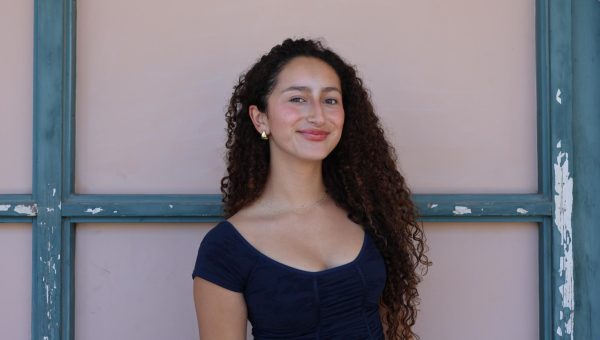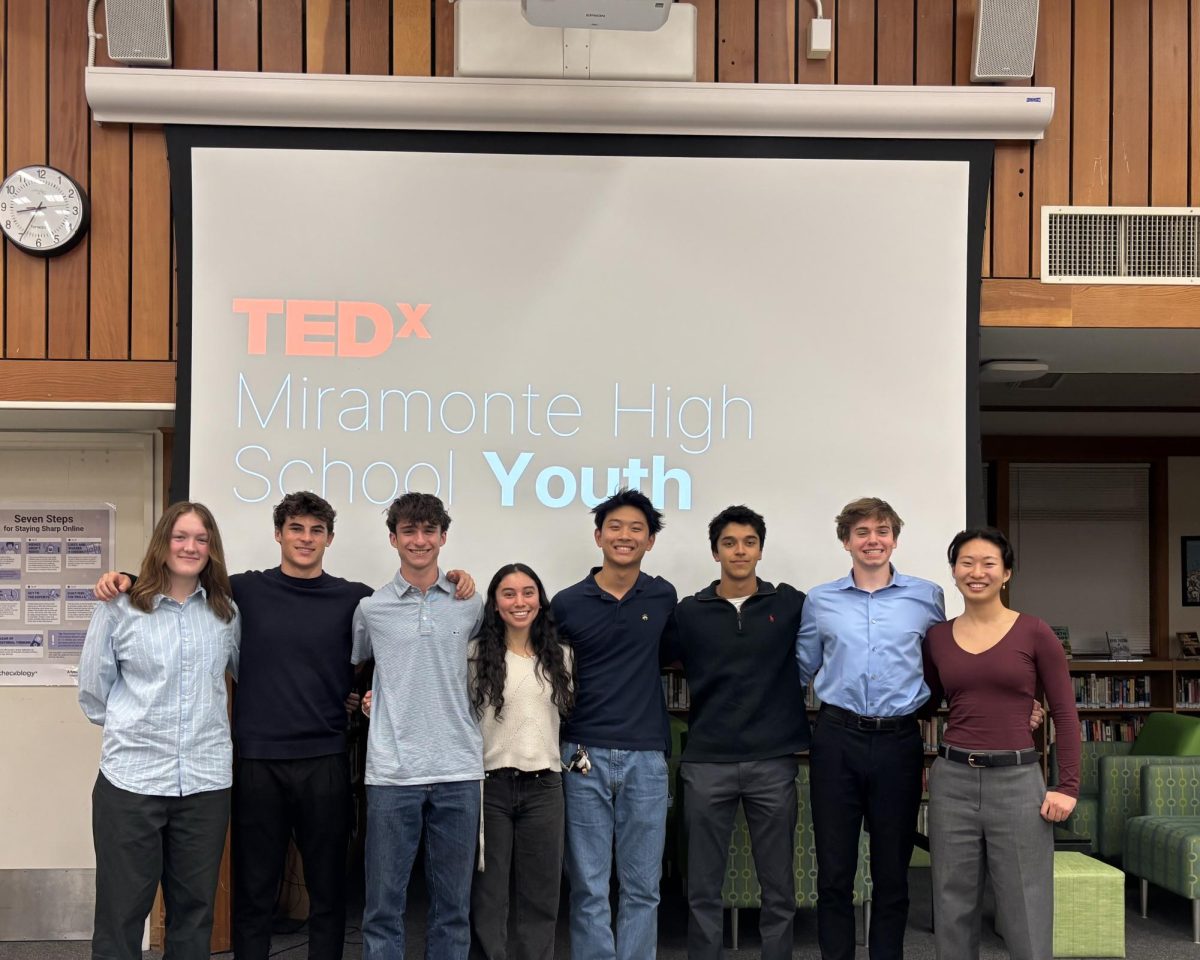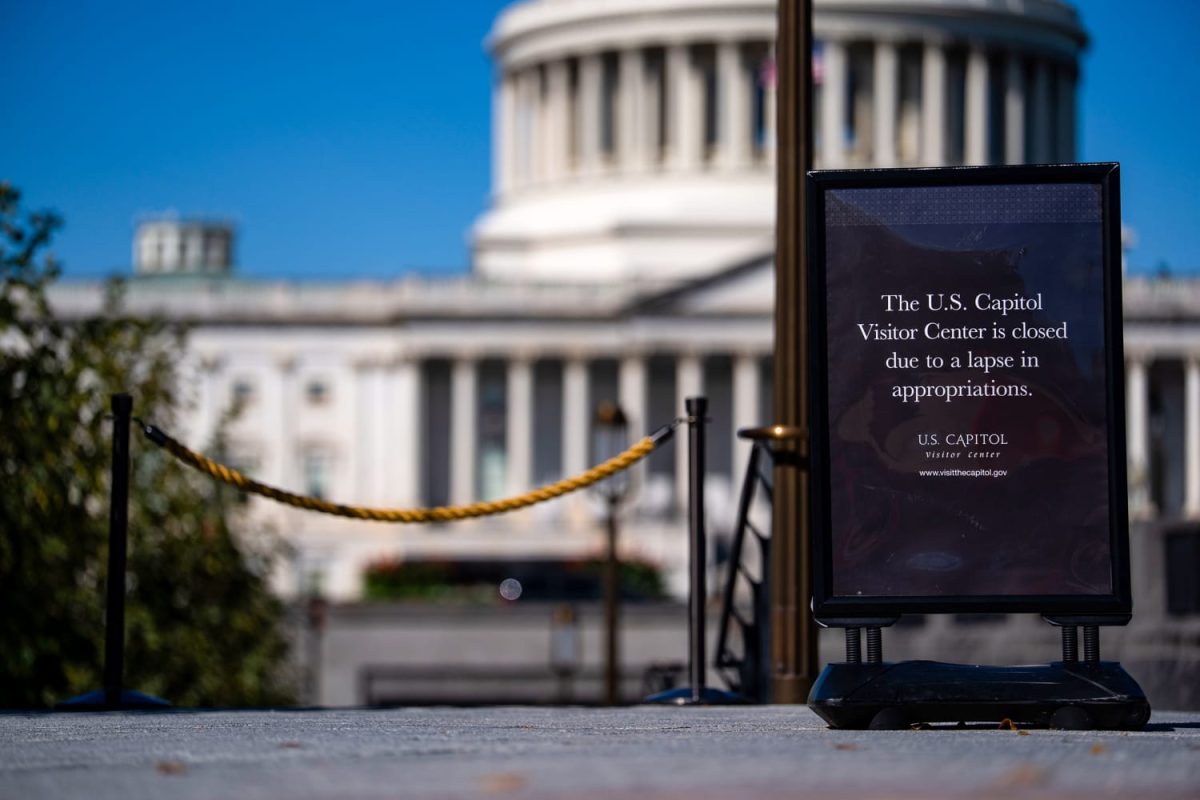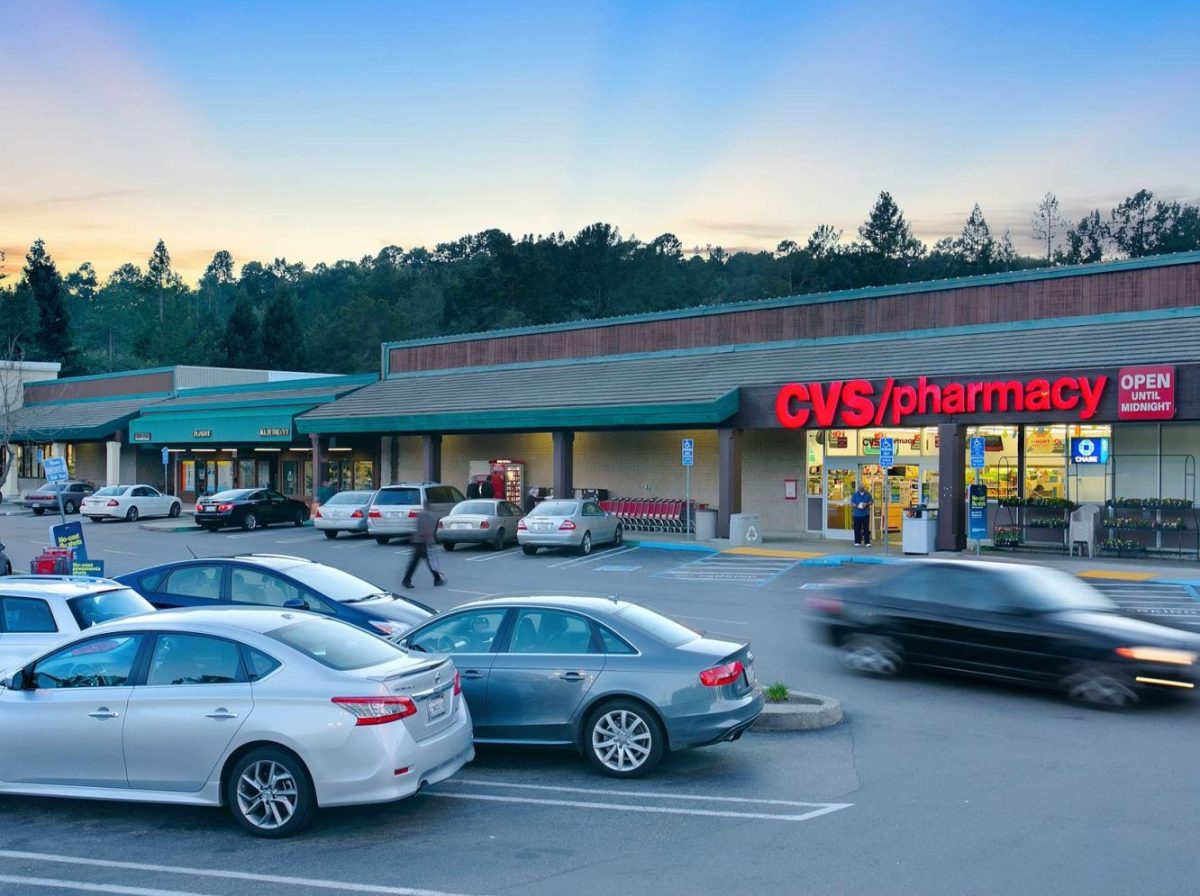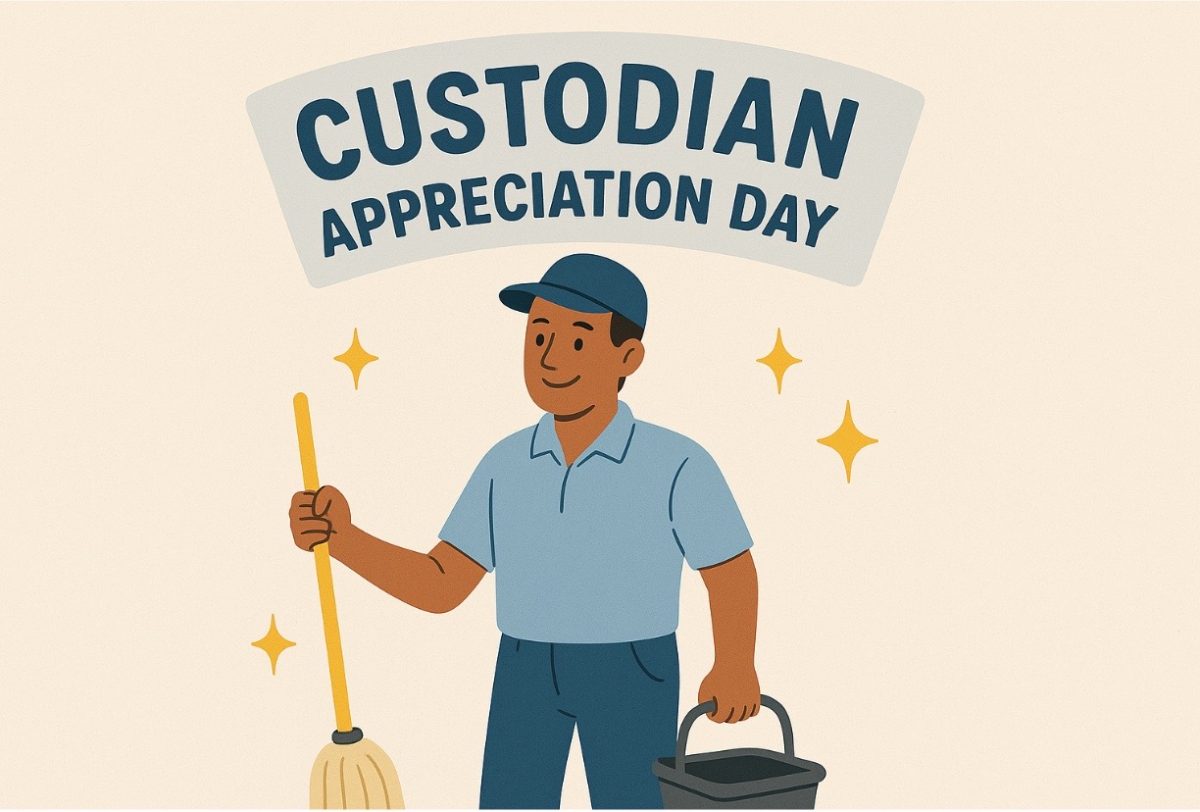Driving down the street, watching television, and scrolling through social media – one thing for California citizens remains a constant: advertising for proposition 50.
The catchphrases “Yes on 50” and “No on 50” have been appearing throughout California within the past month, even in Orinda. Despite their presence, not all students at Miramonte understand their meaning.
“I don’t think enough younger people know about Proposition 50. In my opinion, it isn’t talked enough about in schools,” First-time student-voter Sasha Bevacqua said. “I believe that young people should receive more education on current issues such as this one so that they would be more motivated to vote on important issues.”
Proposition 50, or the Election Rigging Response Act, would authorize temporary changes to congressional district maps starting in 2026. congressional district maps geographically display the areas of California from which candidates are eligible to be elected to the U.S. House of Representatives. The U.S. House of Representatives are what make up the Electoral College, which is the process that elects the President and Vice President through what is known as electoral votes. Electoral and popular votes come together to elect the President for every Presidential Election. Propositions are often included on these ballots.
“You put a direct vote to the populace, and it’s an up or down vote on a particular issue, or a proposition,” Xavier Frippiat, history and economics teacher, said. “So, it’s direct democracy. Which should play a role in shaping policy and law.”
Proposition 50 is defined by two major sides: “Yes on 50” and “No on 50.” The leading figures supporting the proposition are from the Democratic Party, most recognizably Governor of California Gavin Newsom. Additionally, Senators Alex Padilla and Adam Schiff, Democratic House Leader Hakeem Jeffries, and Speaker Emerita Nancy Pelosi are advocates for Proposition 50.
On the other hand, the side contrasting the proposition includes figures from the Republican Party as the majority, including Chairman of the Reform California Organization Carl DeMaio, the former Governor of California/Actor Arnold Schwarzenegger.
“The cool thing about Proposition 50 is they plan in 2030 to come back to our current map again. Which the whole country should be doing, going back to honest maps,” Frippiat said.
The revised district maps would be used until 2030, when the California Citizens Redistricting Commission creates new maps based on the 2030 U.S. Census. The Constitution states that redistricting should take place every 10 years. According to the article What is Redistricting and Why Should We Care? by the American Civil Liberties Union (ACLU), redistricting can be manipulated to favor one party over another in an election.
“When it’s [redistricting] conducted fairly, it accurately reflects population changes and racial diversity, and is used by legislators to equitably allocate representation in Congress and state legislatures,” a 2021 ACLU article said. “When politicians use redistricting to manipulate the outcome of elections, however, it’s called gerrymandering.”
Proposition 50 advocates are acting in response to the recent redistricting of Texas, which benefits the Republican Party by shifting the balance of power in the U.S. House of Representatives towards the right.
“You wouldn’t want the outcome of a vote to produce a delegation of representatives of congress that doesn’t represent what the general popular vote in Texas was,” Frippiat said. “But that’s exactly what the GOP [Grand Old Party] have been doing since 2010 when they launched a program called Red Map.”
REDMAP, or the Redistricting Majority Project, was a previous strategy to increase Republican representation in Congress in 2010.
Proposition 50 democratic advocates claim that if President Donald Trump and the Republican Party is not stopped with this act, the 2026 midterm election would be rigged, allowing for Trump to seize total power for two years.
“When Trump tries to rig elections, we must fight back with every legal tool available,” the Election Rigging Response Act said. “This measure [Proposition 50] draws fair maps that represent California’s diverse communities and ensure our voices aren’t silenced by Republican gerrymandering in other states.”
However, Reform California claims that keeping the current maps is the way to keep California voting in the power of the citizens.
“Proposition 50 will put the politicians in the State Legislature in charge of those maps. Defeating Proposition 50 would keep the current system approved by a citizens’ initiative that requires an independent redistricting commission to draw election districts in a strictly non-partisan manner,” Reform California said.
Additionally, opposers of Proposition 50 argue that the cost of the additional special election for Proposition 50 is unnecessary. According to Reform California, the redrawing of state maps would cost taxpayers over $200 million. This doesn’t include the cost of the advertising, such as commercials and signage, for both sides.
A “No” on Proposition 50 would mean keeping the current congressional district maps until the California Citizens Redistricting Commission draws new ones in 2030.
There are a few different ways you can vote on Proposition 50. The early voting by mail began Oct. 6; however, vote centers for early in-person voting will begin Oct. 25.
The special election will be held on Nov. 4. Polls will be open from 7:00 a.m. to 8:00 p.m. on Election Day.

